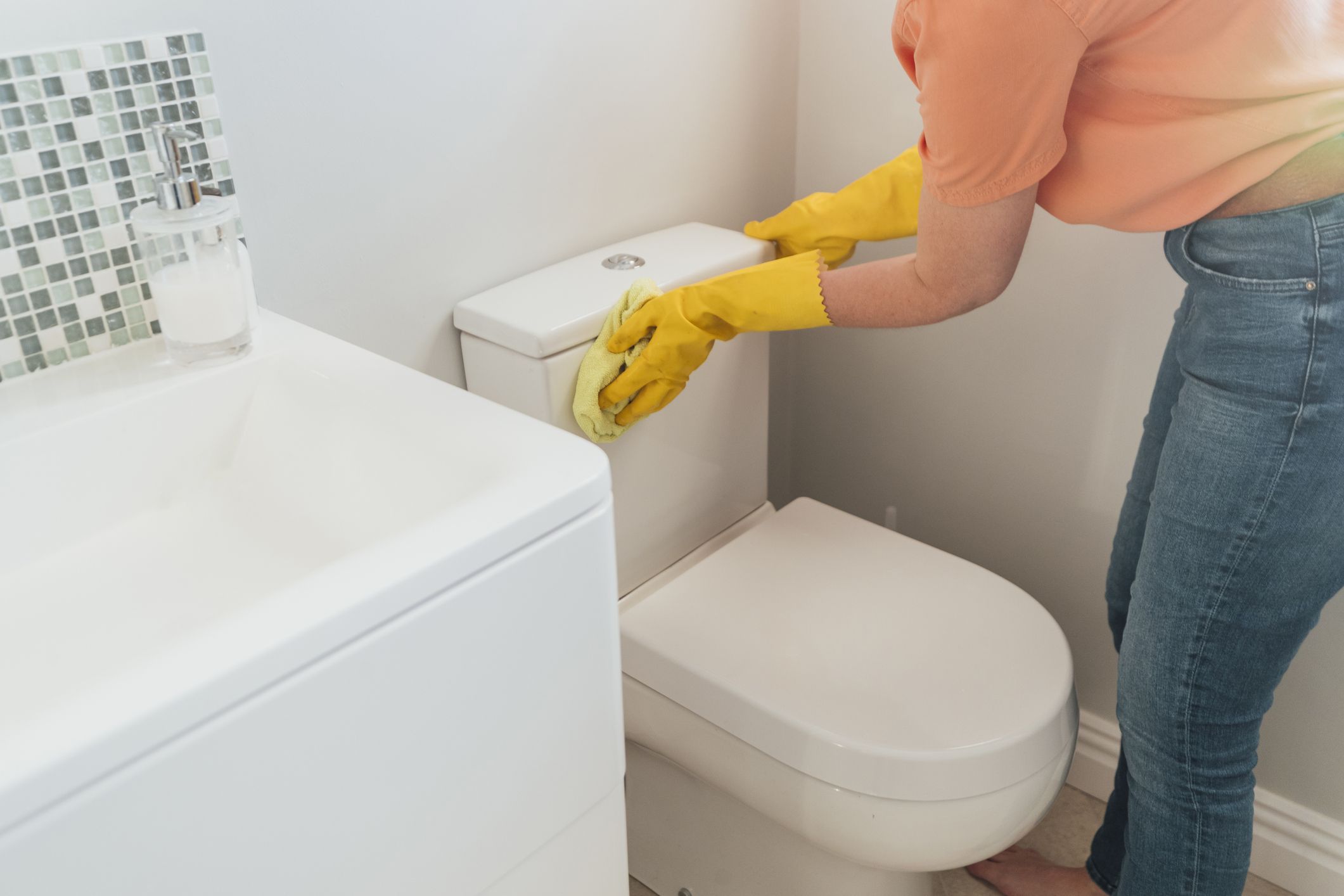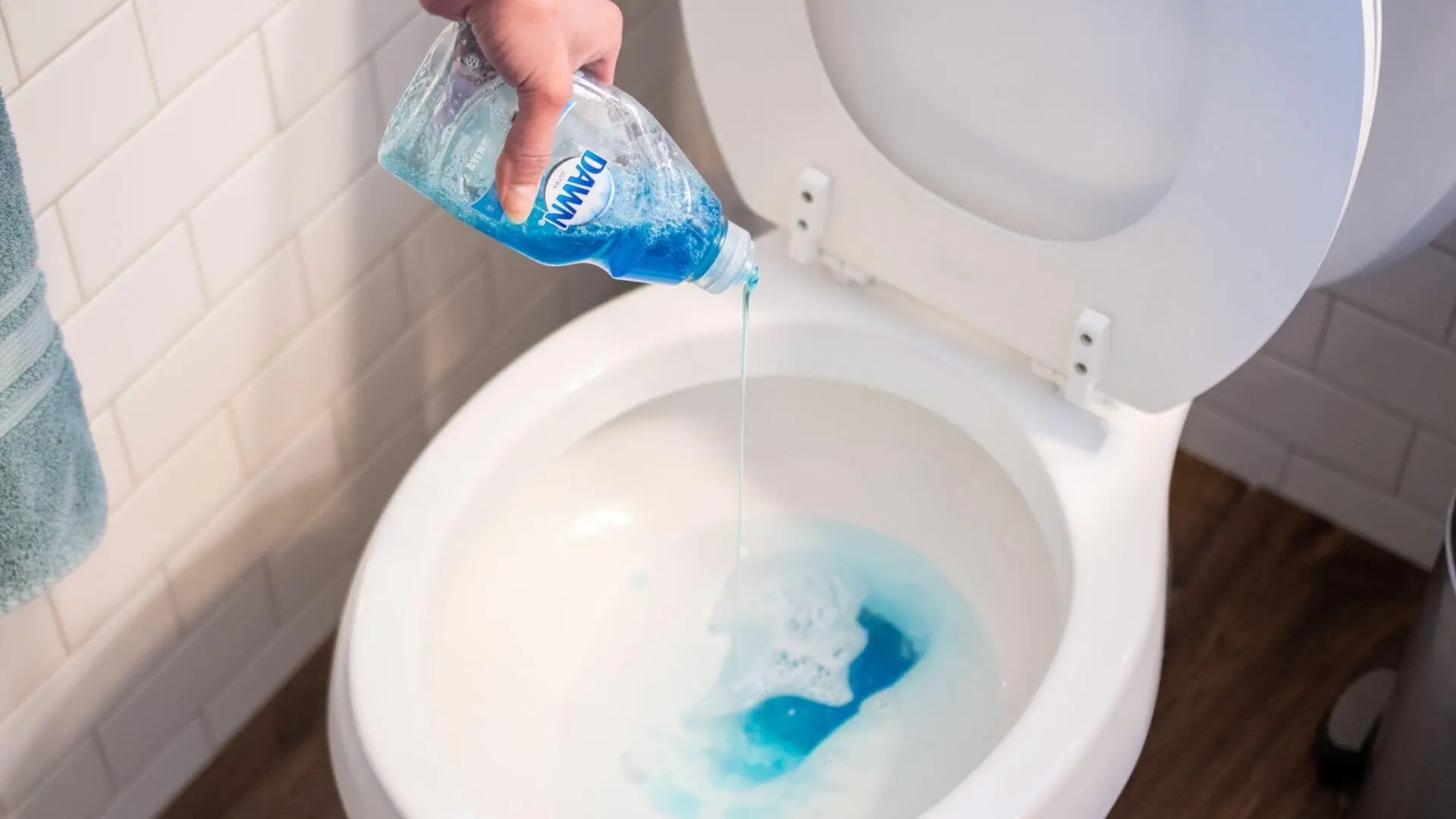What're your opinions about How to Unclog a Toilet Without a Plunger ?

When your bathroom malfunctions and block, it is greater than a minor aggravation. A connected toilet that backflows with filthy water is additionally revolting and also unsafe to your wellness. Furthermore, it interrupts your house completely due to the fact that everyone needs access to the toilet throughout the day. The good news is, you can still attempt to remove the clog on your own with these handy tips:
How To Unblock the Toilet Without a Plunger
The very best way to deal with a blocked bathroom is to use a bettor but there might be scenarios where you don't have accessibility to one. If If the commode is blocked and also you do not have a plunger convenient, have no anxiety. There is greater than one way to remove the bathroom as well as a few of these ways include typical family products that you most likely already have. If a clog is specific troublesome, you might need to utilize a drainpipe snake to unblock it. However these home remedies will aid press through a few of the a lot more small clogs you're most likely to experience.
Usage vinegar and Baking Soda
Reliable family staples like vinegar and also baking soda will be available in useful. Apart from using them for cooking cleansing surface areas and functioning as deodorizers, these two wonder compounds can clear clogs well. Most importantly, they are safe and will certainly leave your commode scenting fresh and tidy. Right here's what you require to do:
You may require to repeat the procedure a couple of times till the blockage is completely gone. The chemical reaction the arise from combining these two will function well in softening blockages.
Try Ordinary Recipe Soap as well as Warm Water
Steam one gallon of hot water in your pot. Next off, pour some nice-smelling fluid meal soap onto your bathroom. As soon as the water boils, pour it meticulously into the commode. Wait on around 15 minutes for this concoction to work its magic. The hot water as well as soap are supposed to soften the obstruction. Alternatively, you can use your hair shampoo, also. After this treatment, you must have the ability to flush the commode without worries.
Purchase a Commode Serpent
A bathroom serpent is a relatively cheap apparatus in your hardware store. Most importantly, any person can utilize it, even someone that isn't a handyman. All you need to do is poke the device in the toilet to unblock it. Nevertheless, it can get actually unpleasant because you have to utilize your hands and bend down to get to the blockage.
Obtain a Bettor
The bettor is the top device for unclogging bathrooms. As a matter of fact, every household has to have one since they work so successfully. Initially, ensure you get a huge enough size to cover the hole in your bathroom. After that, position the bettor as well as delicately push it down first to get rid of air. This develops the suction you require to get rid of the obstruction. As soon as you've got a good seal, you can dive down vigorously. If you're taking care of unclean water, placed on gloves, mask, safety glasses, as well as wear old clothing in case you get sprayed. You may need to pump the bettor numerous times up until the obstruction loosens and the flow is brought back.
Pour Household Bleach and Powdered Soap
Bleach like Clorox does well to break down waste. Just follow the recipe soap instructions. Replace the soap with 3 mugs of bleach. After a number of mins, pour in powdered soap. Wait on 15 mins and purge the commode. This combination will help break down any type of waste and also clear the clogged up toilet.
Include Warm Water
If recipe soap alone doesn't work, including water could move points along. Fill up a bucket with warm bath water (boiling water can trigger a porcelain commode to crack) as well as put the water into the bathroom from waistline degree. The force of the water could remove the cause of the clog.
Ask For Professional Assistance
While the options over are trusted and valuable, they may be rather unpleasant if you have actually obtained a persistent blockage that won't move. The most effective point to do in this instance is to call a professional plumber. They can deal with your clogged commode and examine your drain system with a sewer electronic camera examination to see if you've got any bigger issues.
How to Fix a Blocked Toilet
It's rare that anybody makes it through life without encountering a blocked toilet at one time or another. Whether it's our own unfortunate doing, the aftermath of a party, a reminder of an inconsiderate guest or the result of a child deciding to use the toilet to store their toys, eventually a toilet will fail to empty when it's flushed. A blocked toilet is a major inconvenience, especially if it's the only toilet on your property, and needs rectifying before it becomes an unhygienic embarrassment. Fortunately, if you've been wondering how to fix a blocked toilet, it's a straightforward process that should only require a couple of tools and a few minutes of your time.
Don't Flush
The first and most important thing to remember when you're trying to unblock a toilet is to not flush it. It can be tempting to flush again in the hope that the added water pressure might dislodge the blockage, however you're more likely to end up flooding your bathroom, especially if the blockage is completely watertight. In these cases, there's only one way for water to escape the toilet pan and it isn't where you want it to go. Hopefully, any water from your initial flush will eventually drain past the blockage and you can begin trying to clear it.
Shut Off Water Supply
You might not need to shut off the water supply to the toilet but it's a worthwhile precaution, especially if water is running into an already full toilet pan. There should be a stop valve on the pipe that supplies water to your toilet, typically to the left as you face it. Older pipes might require a flathead screwdriver to shut, while many modern pipes have a built-in handle to make your task easier. In either case, you'll need to twist the valve 90 degrees in order to shut off the toilet's water supply, letting you complete the rest of your task with confidence.
Prepare the Area
While your bathroom floor is likely waterproof, whether it's tiled or covered in another watertight material, you probably don't want to spend any time cleaning up the contents of your toilet. With this in mind, it's worth taking a few minutes to prepare the area around your toilet to prevent a more extensive clean-up. This can be as simple as placing some old newspapers or unwanted towels around the base of your toilet to catch and absorb any water that might escape, especially if you have a total blockage and a pan full of water.
Wear Rubber Gloves
Ideally, you won't need to submerge your hands in anything too unpleasant but it's worth protecting them in any case. Any pair of long rubber gloves will do the job; just be sure that there aren't any holes, given the nasty germs you could be dealing with. If you take gloves from your kitchen, you'll want to keep them separate and use them exclusively for toilet cleaning, to avoid spreading germs.
Attempt Removal
Before heading to your nearest DIY shop, check whether or not you can see the blockage and, if so, attempt to dislodge or remove it. A toilet brush might be able to break up the blockage well enough that it can pass through the plumbing system. If you're reading this article, however, you've likely already used your brush to little effect. A stick can offer a stiffer solution but make sure you use something that won't damage the finish of your toilet, an old wooden broom handle is ideal, and be prepared to dispose of this item when you're done. If the forceful approach doesn't work, you'll need to use plumbing tools instead.
Plunger
One of the best ways to dislodge a toilet blockage is to use a plunger. For this task, you'll want to use a toilet plunger, as opposed to a traditional semicircular sink plunger (the familiar Dalek arm); toilet plungers feature an extension collar, a long piece that can be pushed further into the siphon to create much greater suction. Press your plunger on the siphon and begin gently plunging; don't use too much force initially as the vacuum effect might spray filthy water over the surrounding area (including you). Ideally, your plunger should be entirely underwater, as this will help create a seal around its edge and the water itself will create more pressure when pushed towards the blockage.
Plumbing Snake
If your trusty plunger fails to shift the blockage, the best alternative is to use a plumbing snake, also known as a drain snake or plumbing auger. This long tool features a coiled end that is designed to grab or pierce anything it encounters in your pipes and can be found at most DIY stores, as well as some larger supermarkets. A snake can help in situations where a blockage is further into your pipes, especially an incomplete blockage which might not be moved by plunging. Your first goal is to push the auger down the toilet and around the S-bend; hopefully, you won't have to push it too far before encountering the blockage. Try to push the end through the blockage to break it apart. If this doesn't work, pull it back and the coiled end might snag the blockage, bringing it back into the toilet pan where you can remove it.
https://www.heatandplumb.com/blog/how-to-fix-a-blocked-toilet

As an enthusiastic reader on Reasons Your Toilet Keeps Clogging, I imagined sharing that editorial was worthwhile. Sharing is caring. Helping people is fun. Thank you for your time. Come back soon.
Call Today